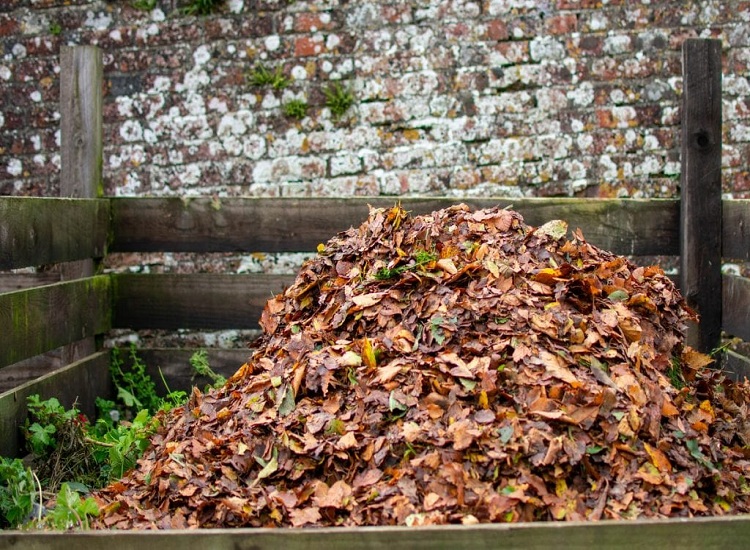A few easy tricks will go a long way toward building a fast-working pile out of fall leaves, and more significantly, one that will produce amazing compost for next year’s garden and flowerbeds.
Let’s face it, when it comes to generating beautiful soil and energizing plants, compost is at the head of the class. Many gardeners call it “Black Gold” because of this very reason.
However, making enough for all of your plants can be difficult. And this is where leaves and leaf compost can come in handy.
Here’s how to turn leaves into rich, nutrient-dense compost at your own home.
Sort the Best Leaves for Composting
Picking the appropriate leaf kinds for composting is the first step in producing high-quality compost from leaves.
Leaves from maple trees, birch trees, ash trees, cherry trees, cottonwood trees, and fruit trees are at the top of the list. You could make a pile out of any of these great options. These types not only have a higher nutrient density, but also have a quicker leaf breakdown.
What about the oaks? To be fair, they aren’t off-limits in moderation; but, their acidic nature can alter the PH values of a pile. And when it comes to nitrogen and other nutrients, oak leaves rank towards the bottom.
You can still use some oak leaves in your pile, but try to reduce the percentage of those leaves to less than 20% to avoid any complications.
You should probably just go around those trees. Walnut, eucalyptus, and horse chestnut trees are particularly notable examples. Toxins in walnut and eucalyptus leaves can kill plants and hinder the germination of specific seed types.
Both the horse chestnut and its close related, the Buckeye tree, are capable of producing a toxin that, in sufficient quantities, can be dangerous to humans. Although the poison is highly concentrated in the nuts of these trees, it is not always easy to extract. To be safe, it’s best to just not include them in the stack.
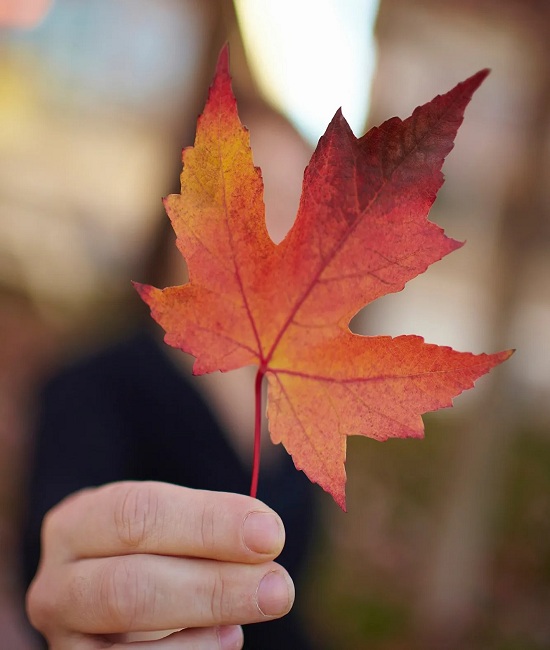
Leaf Shredding
Once you’ve determined which leaves to utilize, you may focus on constructing a compost pile that breaks down rapidly.
And to do that, the first step is to shred! It will take a very long time for complete leaves to decompose. Decomposition can be sped up by a factor of 10-20 if you shred the materials before you make your pile.
You can use electric leaf and garbage shredders especially that they have become increasingly common and affordable. Or, you can just get the job done quickly and easily with a push mower or a riding mower.
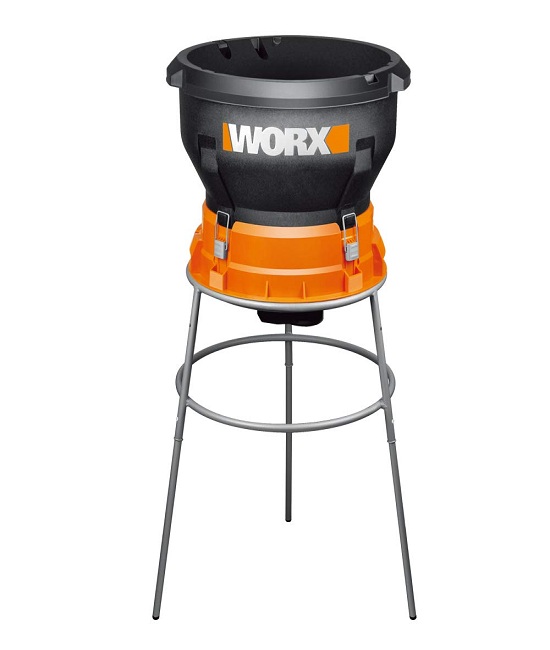
Building the Pile
Now comes the part where you build a leaf pile that works quickly. Unlike a typical compost pile, which you make and keep adding to as you get more materials, a leaf pile can be made all at once.
Thus, it can begin working immediately and continue doing so without the need for further dismantling of “new materials.”
However, a leaf pile alone will still take quite some time to break down. And that’s why, as you’re building it, you’ll need to add a few more elements to start it going.
For a compost pile to break down rapidly, you’ll want to include both brown and green materials. The leaves in this case are mostly brown. So adding green will help.
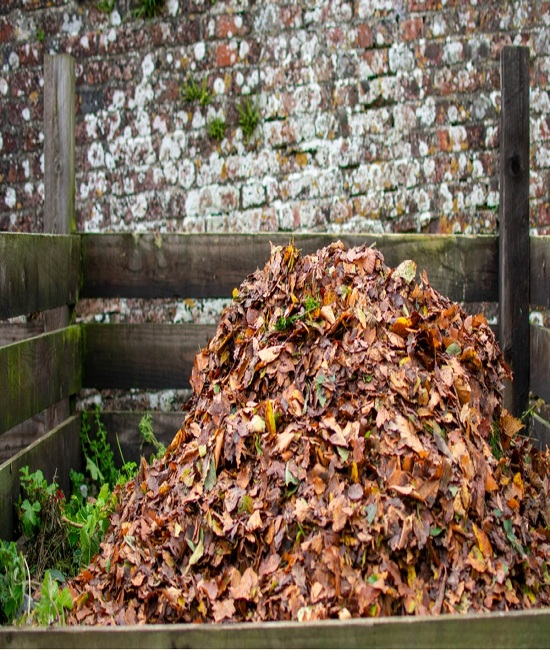
Getting the right mixture
Grass clippings are good green materials. Chicken, rabbit, horse, and cow manure, as well as coffee grounds and leftover food, are all excellent composting materials. All of them are great additions since they generate heat and decompose rapidly.
But there is one more important ingredient that may help speed things up: fresh compost. Adding compost from an existing pile is a quick and easy way to introduce the microbes and organisms essential for decomposition.
Keep in mind that no matter what you add to a leaf pile, it will eventually decompose. However, the more greens you can incorporate to counteract the browns, the faster it will work.

What Should You Put in Your Leaf Pile?
Here is an example of what we use to get our leaf composting piles going in the fall:
We begin with a 3′ x 3′ x 3′ pile of shredded leaves. Then we add a few buckets of new compost and grass clippings.
Given that we are towards the end of the growing season, we also occasionally use the soil/plant mix from some of our hanging baskets and container plants.
To finish, we toss in a few 5-gallon buckets of our homemade chicken dung/straw blend from the coop, along with any veggies scraps, coffee grounds, etc.
The only thing we’ll be adding to the lead pile every day until spring is our used coffee grounds. They are already soil-like, so we don’t have to wait for them to decompose before using them as a source of green in the pile.
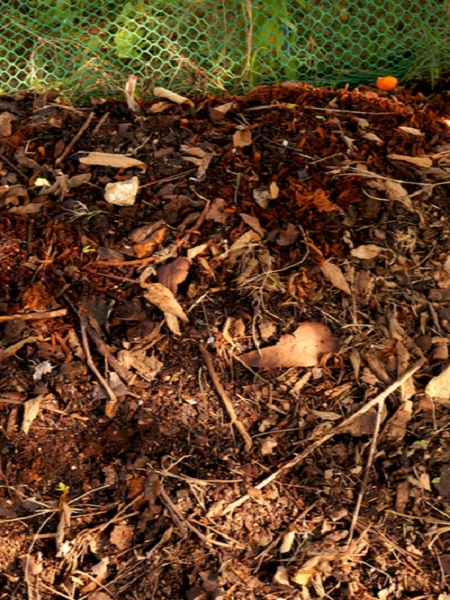
Turning the Pile
A leaf pile, like a conventional compost pile, substantially benefits from periodic stirring. By flipping it over once or twice a week, you may add oxygen to the pile and even out the moisture content.
Both oxygen and water are essential for making a fast-moving working pile.
To prevent the pile from freezing in the winter, you should turn it at least twice a week. Add a little water to the mixture if it starts to get too dry. Turn twice a month once the weather warms up in the spring.
By early June, you will have a pile of compost that is ready to use and rich in nutrients. All from a leaf pile!


